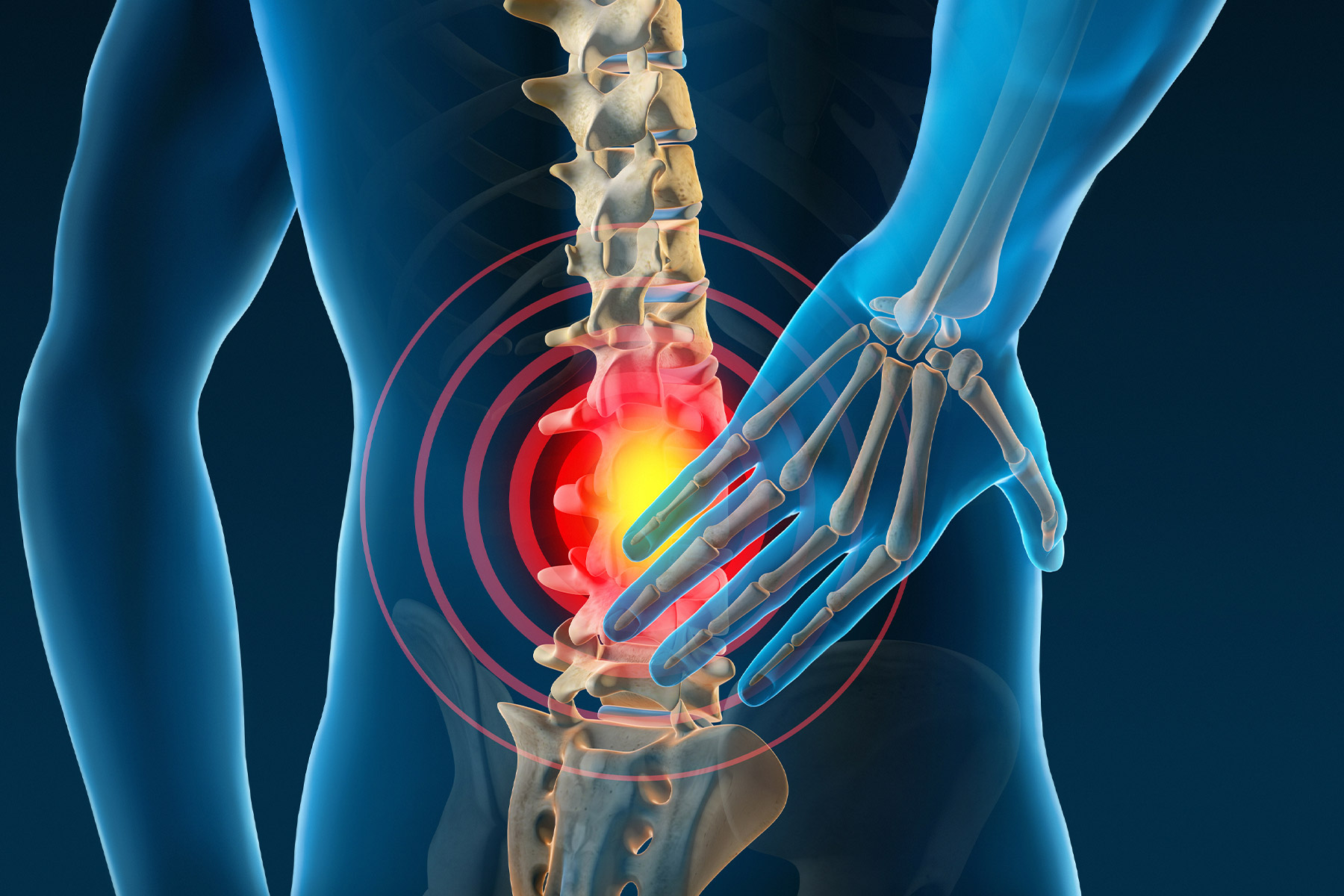Experiencing pain can greatly impact your daily life, making even the simplest tasks seem challenging. Whether it's sharp pain from an injury or the ongoing discomfort of chronic conditions, knowing how to successfully manage and treat pain is essential. Fortunately, advancements in pain management services and therapies offer a variety of personalized options tailored to address personal requirements and improve overall quality of life.

In this detailed guide, we will discuss various types of pain, treatment strategies, and the science behind why we experience pain. From traditional methods to innovative therapies, such as physical therapy and chiropractic care, we'll look into the many pathways available for relief. Additionally, we will explore alternative treatments, including the use of CBD and acupuncture, and how lifestyle changes and mindfulness practices can be important in pain management. Ultimately, our goal is to enable you with the insight to customize pain solutions that fit your needs.
Understanding Discomfort Management
Pain control is a diverse methodology focused on relieving and controlling pain. It acknowledges pain as a complex experience that can notably impact an individual’s well-being. By integrating various therapies, treatments, and lifestyle adjustments, pain management aims to reduce discomfort and provide a higher overall functioning. It is essential to tailor pain management strategies, as varied individuals experience pain differently due to factors such as age, physical ailments, and personal preferences.
Acute pain typically occurs unexpectedly due to injury or illness and commonly subsides as the underlying cause is addressed. Chronic pain, on the other hand, persists for an extended period, frequently without a clear cause, making it hard to treat successfully. Recognizing you can try here between these types of pain is important, as it can influence the selection of management strategies and interventions. Personalized therapies can differ significantly, incorporating rehabilitation, drugs, non-traditional therapies, and lifestyle adjustments to meet the particular needs of each patient.
Successful pain management also stresses the value of a integrative approach. This includes the recognition of psychological and emotional well-being's role in coping with pain. Techniques such as awareness, meditation, and anxiety management can boost pain relief and enhance quality of life. By addressing the complex nature of pain, pain management services aim to empower individuals to take control of their pain and promote a more fulfilling life.
Effective Pain Alleviation Therapies
Locating the suitable pain relief therapy often demands a customized approach, since various individuals react distinctly to different treatments. This can consist of traditional methods like pharmaceuticals, rehabilitative therapy, and chiropractic care, as well as complementary therapies including acupuncture and massage. Each therapy seeks to tackle particular pain types and can be integrated for greater effective relief. Understanding the fundamental cause of pain is crucial to customizing the most suitable treatment plan.
Physical therapy is one of the mainstays of pain management, particularly for those suffering from chronic conditions including arthritis or back pain. A physical therapist can design a personalized exercise regime that enhances muscles, boosts flexibility, and helps recondition the body to move free from pain. In addition to traditional exercises, techniques like TENS therapy offer electrical stimulation to alleviate pain by blocking pain signals sent to the brain. The aim of these therapies is to minimize pain levels while encouraging function and independence.
In recent years, a growing number of people are exploring alternative therapies such as acupuncture and holistic approaches, recognizing the interconnectedness of the body and mind in pain management. Acupuncture, a practice based in traditional Chinese medicine, includes the application of fine needles into particular points of the body and has been shown to reduce pain for multiple conditions. Furthermore, practices such as yoga and mindfulness meditation not only treat physical symptoms but also help control stress and emotional aspects of chronic pain . These diverse options empower individuals to take control of their pain management journey, leading to better quality of life.
Integrative Strategies to Pain Control
Comprehensive methods to pain control emphasize the interconnectedness of the body, mental state, and spirit in addressing pain. Such approaches often merge a diversity of therapies that surpass traditional medication, focusing on the complete wellness of the individual. Techniques such as mindfulness, guided relaxation, and relaxation training are pivotal in diminishing the sensation of pain and enhancing emotional resilience. By fostering a sense of calm and mental clarity, these practices can lead to a greater reduction in pain levels.
Additionally, engaging in consistent physical movement, such as yoga and gentle exercises, can play a key role in pain management. Such exercises not only improve flexibility and strength but also encourage the secretion of endorphins, the body's natural pain relievers. This practice, in particular, offers particular poses that address various forms of pain, helping to reduce discomfort while simultaneously promoting relaxation. Incorporating physical activity into a daily routine can contribute to better pain control and overall health.
Dietary choices and nutrition also make a significant impact on pain management. An inflammation-reducing diet rich in whole foods, omega-3 fatty acids, and antioxidants can mitigate inflammation in the body, potentially alleviating chronic pain symptoms. Moreover, maintaining hydration and reducing processed foods may help in supporting optimal health. By integrating dietary considerations with physical and mental health practices, individuals can create a comprehensive approach to managing pain that tackles multiple facets of their health.
